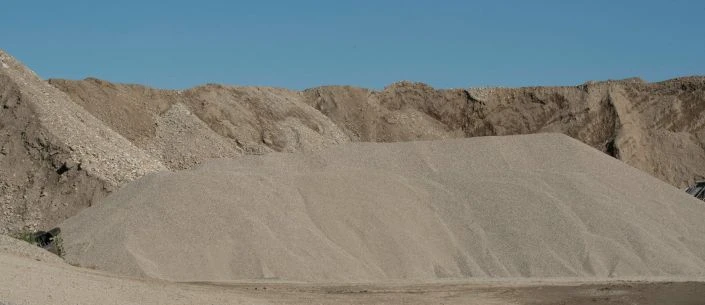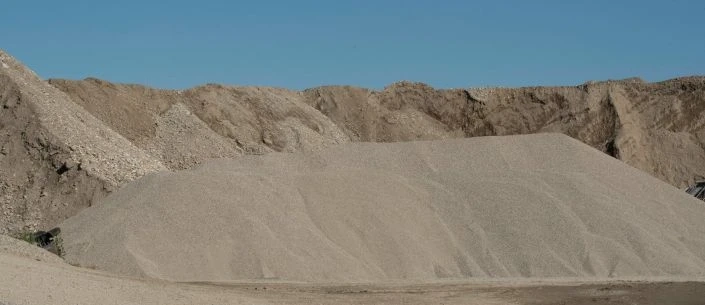Rain can either be a challenge or a benefit for baseball fields, depending on the circumstances. Some regions deal with heavy rainfall that makes it hard to keep fields in good condition, while others might face no rain at all. Groundskeepers must prepare the fields properly and work hard to restore infields after rain so that they can make the field playable again as soon as possible. These five strategies will help your infield recover effectively after rainfall.

1. Ensure Proper Grading for Better Water Drainage
You should grade your infield properly so that it promotes effective water drainage. The highest point of the infield should be around the pitcher’s mound, and the surface should slope outward in all directions. In some cases, the entire infield can be tilted in one direction, such as toward the left field. This allows water to drain smoothly. It is important to maintain a smooth surface without any high or low spots. You can achieve this by regularly nail-dragging and float-dragging the field.
2. Maintain Turf Edges to Prevent Water Buildup
You must keep the turf edges clean and smooth to stop water from gathering. If soil and topdressing pile up at the edges, they create a ridge that traps water on the infield. This ridge, also called a lip, slows down the drying process. Regular maintenance can prevent the buildup of these ridges so that water flows freely from the infield to the turf.
3. Use the Right Soil for Faster Recovery
The soil used on your infield plays a major role in how quickly it dries after rain. Soil that has too much fine sand or silt holds water longer and takes more time to dry. Balanced infield soil with medium to coarse sand and the proper mix of silt and clay allow water to drain faster. If you are unsure about your soil quality, you can test it to check if it meets the recommended specifications. You can visit Western Materials to find the best baseball sand supplier and other helpful products.
4. Apply Topdressing for Better Performance
A thin layer of topdressing on the infield can help it recover faster after rain. Topdressing materials such as calcined clay and crushed aggregate dry more quickly than bare soil and create a layer that prevents water from sticking to cleats. Even when the soil underneath is still wet, the topdressing allows players to return to the field. This layer works like mulch and provides better performance and faster recovery after rainfall.
5. Smooth the Field Before Rainstorms
When you know rain is expected, you should smooth the field surface by dragging it. A smooth surface allows rainwater to flow off more easily and reduces the time needed for drying. Keeping the field compact is also important, as loose soil absorbs more water, which slows down the drying process. Avoid deeply dragging the field before rain to prevent pore spaces that retain water.
Weather Conditions After Rain Affect Drying
The weather after rainfall is just as important as the rain itself. If the humidity is high, it will take longer for the field to dry because the air cannot absorb much more moisture. Sunlight and wind can help, but they are only effective if the air has room to take in additional moisture. Lower humidity allows water to evaporate more quickly and speeds up the drying process.
Plan Ahead to Save Effort
You can reduce the time and effort needed to restore your field after rain by following these steps. Proper grading and regular maintenance help fields recover faster and stay in better condition. This way, you can spend more time enjoying the game instead of worrying about the weather.


